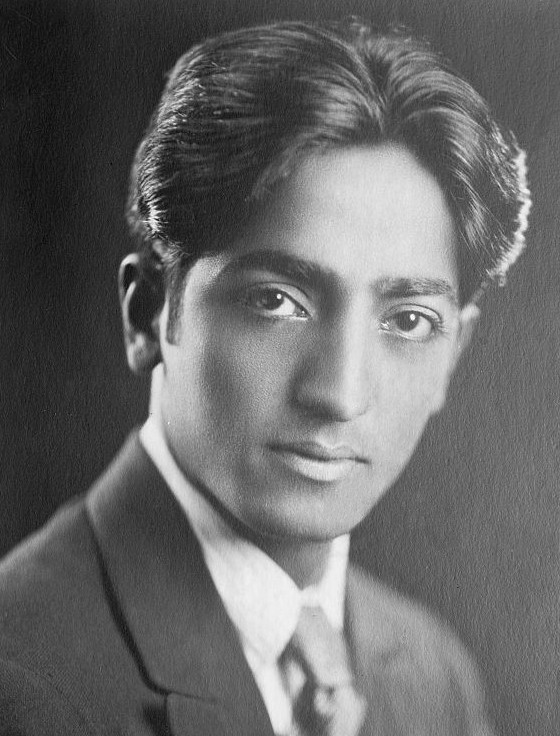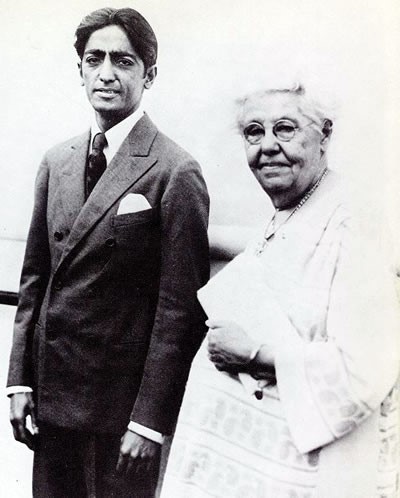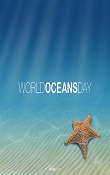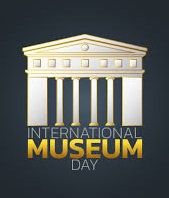Rediscovering Great Teachers- J. Krishnamurti
Rediscovering Great Teachers- J. Krishnamurti
 Jiddu Krishnamurti was an Indian educator and philosopher who was born on 11 May 1895, in Madanapalle in Madras Presidency (modern-day Chittoor District, Andhra Pradesh). His father Jiddu Narayaniah was an official of the British colonial administration and a member of the Theosophical Society and, his mother Sanjeevamma was a homemaker. He was fond of his mother whom he lost at the age of 10. He used to have psychic experiences of seeing his late mother.
Jiddu Krishnamurti was an Indian educator and philosopher who was born on 11 May 1895, in Madanapalle in Madras Presidency (modern-day Chittoor District, Andhra Pradesh). His father Jiddu Narayaniah was an official of the British colonial administration and a member of the Theosophical Society and, his mother Sanjeevamma was a homemaker. He was fond of his mother whom he lost at the age of 10. He used to have psychic experiences of seeing his late mother.After his father retired in 1907, Krishnamurti and his family were left with limited means and had to live in a small cottage outside the Theosophical Society. In 1909, Charles Webster Leadbeater who was a member of the Theosophical Society met Krishnamurti on the banks of the Adayar river and was amazed by his sense of aura and selflessness. This initial meeting with Krishnamurti convinced Leadbeater that he would grow up to be a great orator and a leader, and the next World Teacher.
Following his discovery, Krishnamurti was nurtured at the Theosophical Society in Adayar. Leadbeater and a small number of trusted members undertook the task of educating, nurturing and protecting Krishnamurti as the ‘vehicle’ of the expected World Teacher. Krishnamurti and his brother Nityananda privately tutored in the society’s compound after which they were exposed to the European standards of education. Despite his physical health problems as a child and his history of problems with school work, he was able to speak English fluently.
During this time, Krishnamurti developed a strong bond with Annie Besant, and viewed her as his second mother. After a legal battle with Krishnamurti's father, Besant took over the custody of Krishnamurti and began training him to become the head of the newly formed Order of the Star in the East (OSE). Soon, Krishnamurti was named the head of Order and the members were given different positions to handle. As he was training to become a World Teacher, Krishnamurti was taught a variety of subjects including yoga, hygiene, and sports.
In 1911, Krishnamurti and Nityananda visited England, where he gave his first speech at the OSE. His writings also started appearing in books and magazines published by the Order. During the World War I, the brothers visited several countries and Krishnamurti continued to conduct several lectures, workshops, meetings and duties as the head of the Order. He also published several of his works and established the Krishnamurti Foundation in 1928 along with Annie Besant; which currently runs several schools in India and abroad.
By 1934 Krishnamurti engaged himself in several tours and conducted the issue of publications under the ‘Star Publishing Trust’ which he formed with Desikacharya Rajagopal, a close associate of his. All throughout the 1930s, he continued to address people in India, Latin America, Europe, and the USA and most of his talks were made into writings and was published by ‘Krishnamurti Writings Inc.’
 He took a brief break after which, he decided to embark on a new series of talking tours whose sole purpose explored the dissemination of teaching in India. He conducted various lectures all throughout India and was met by many eminent personalities which included then Prime Minister Jawaharlal Nehru.
He took a brief break after which, he decided to embark on a new series of talking tours whose sole purpose explored the dissemination of teaching in India. He conducted various lectures all throughout India and was met by many eminent personalities which included then Prime Minister Jawaharlal Nehru.Krishnamurti during this time made a friendship with David Bohm, a scientist and physicist who shared the same concerns as Krishnamurti about the physical world. This gave rise to the two to form group discussions occasionally with other participants. Their comradeship lasted nearly two decades and several of their discussions were made into publications. In 1969, he started the Brockwood Park School, an international center which aimed at dealing with the concerns for man and environment and gave a global outlook on education.
In 1984 and 1985 he was invited to talk at the United Nations in New York, followed by which he concluded most of the talks as ‘farewell talks’ in 1985. In his final talk conducted on 4 January 1986, he invited his audience to examine the inquiry on the effect of technology, the nature of life and meditation, and the nature of creation.
Krishnamurti died of pancreatic cancer on 17 February 1986, at the age of 90. The Foundations that were associated with him continues to transcript and disseminate his teachings often converting several of his publications to digital forms and developing shows, organizing meetings and several other media programs around the world.
Influence
JD Krishnamurti is regarded throughout the world as one of the greatest thinkers and religious leaders of all time. He did not expound any philosophy and religion, but rather talked of things that concerned us in our everyday life and problems of living in a modern society. He unravelled with great precision the subtle workings of the human mind and pointed the need for bringing about a deeply meditative and religious quality to our daily life.























